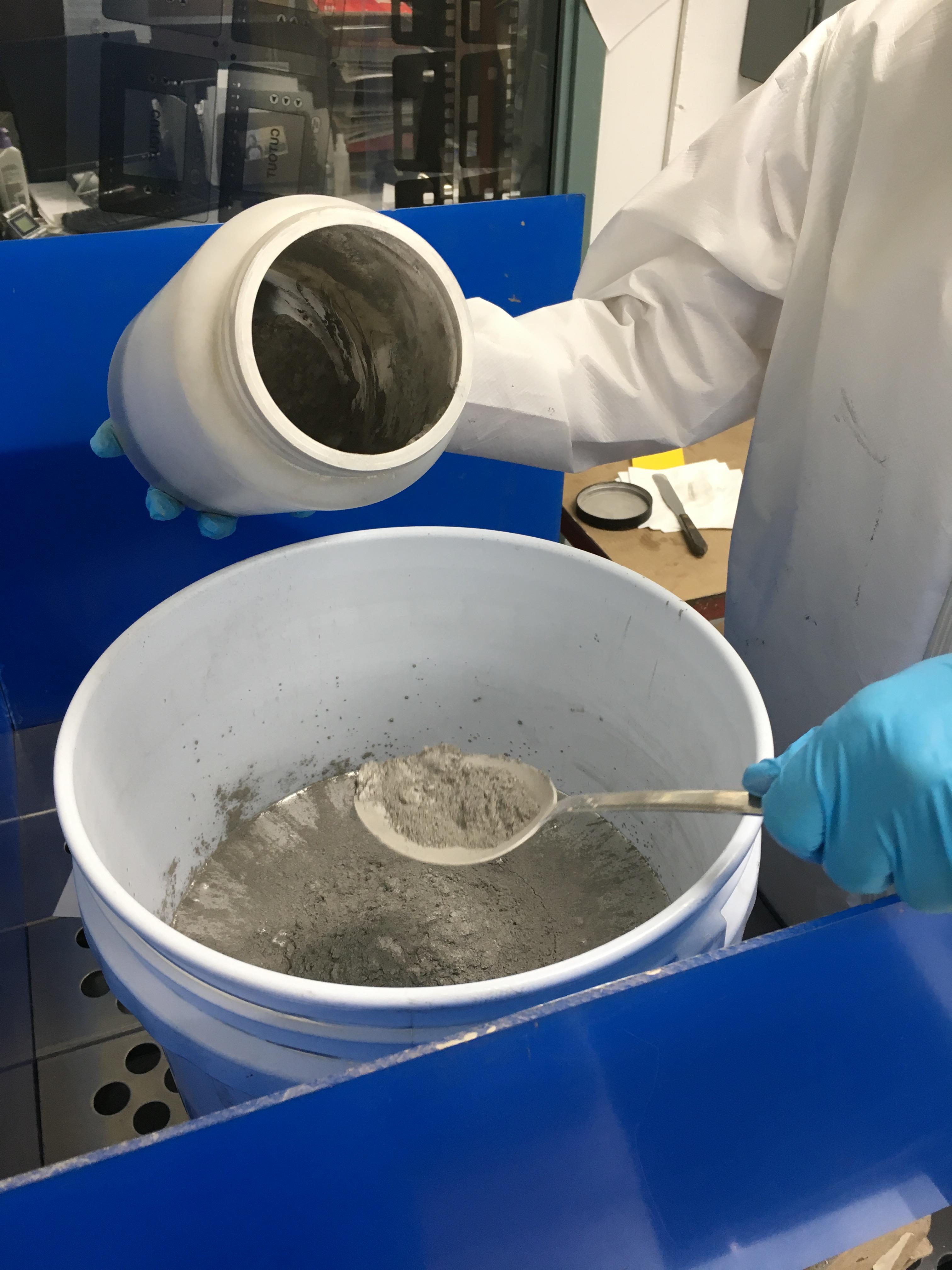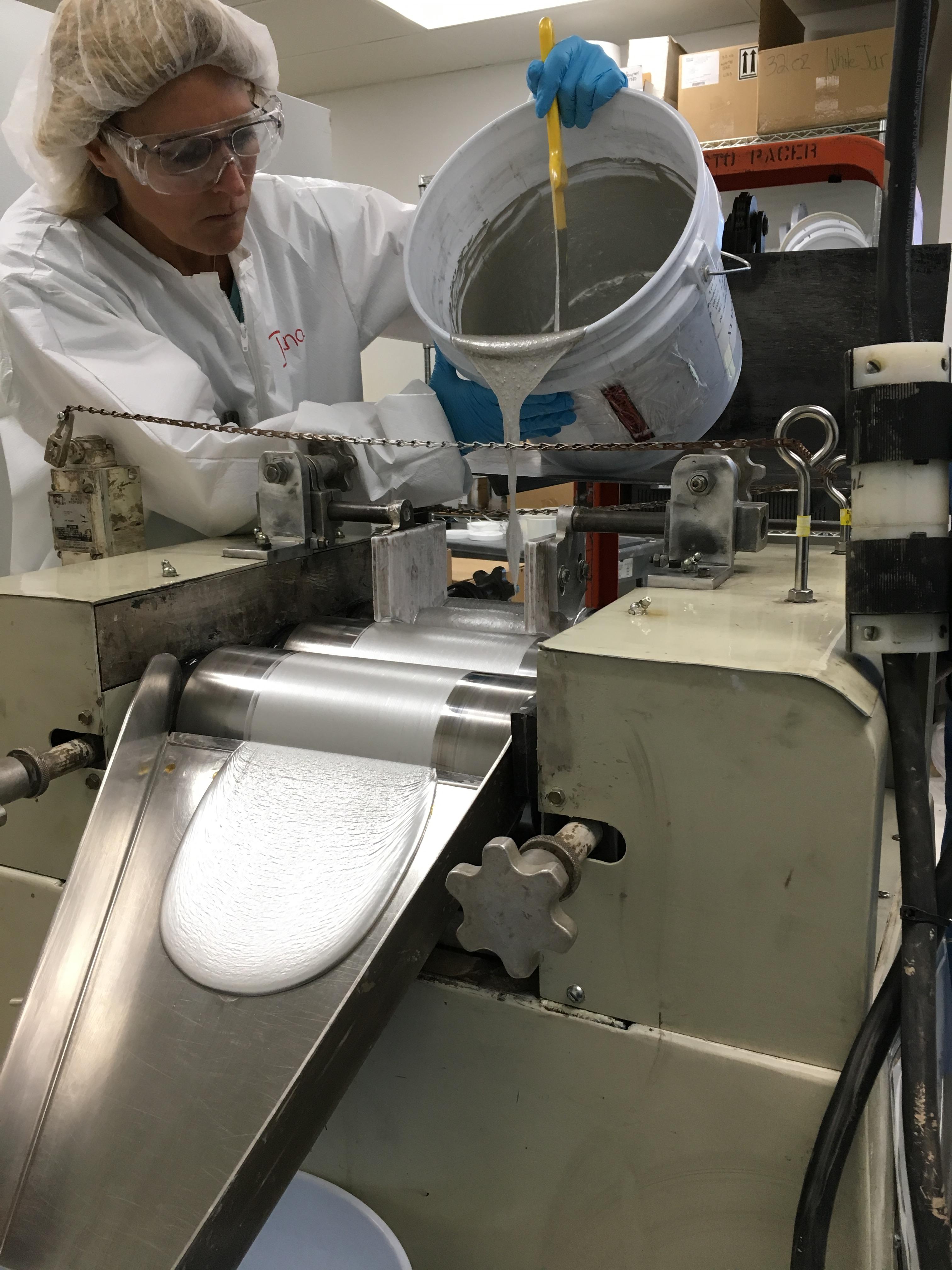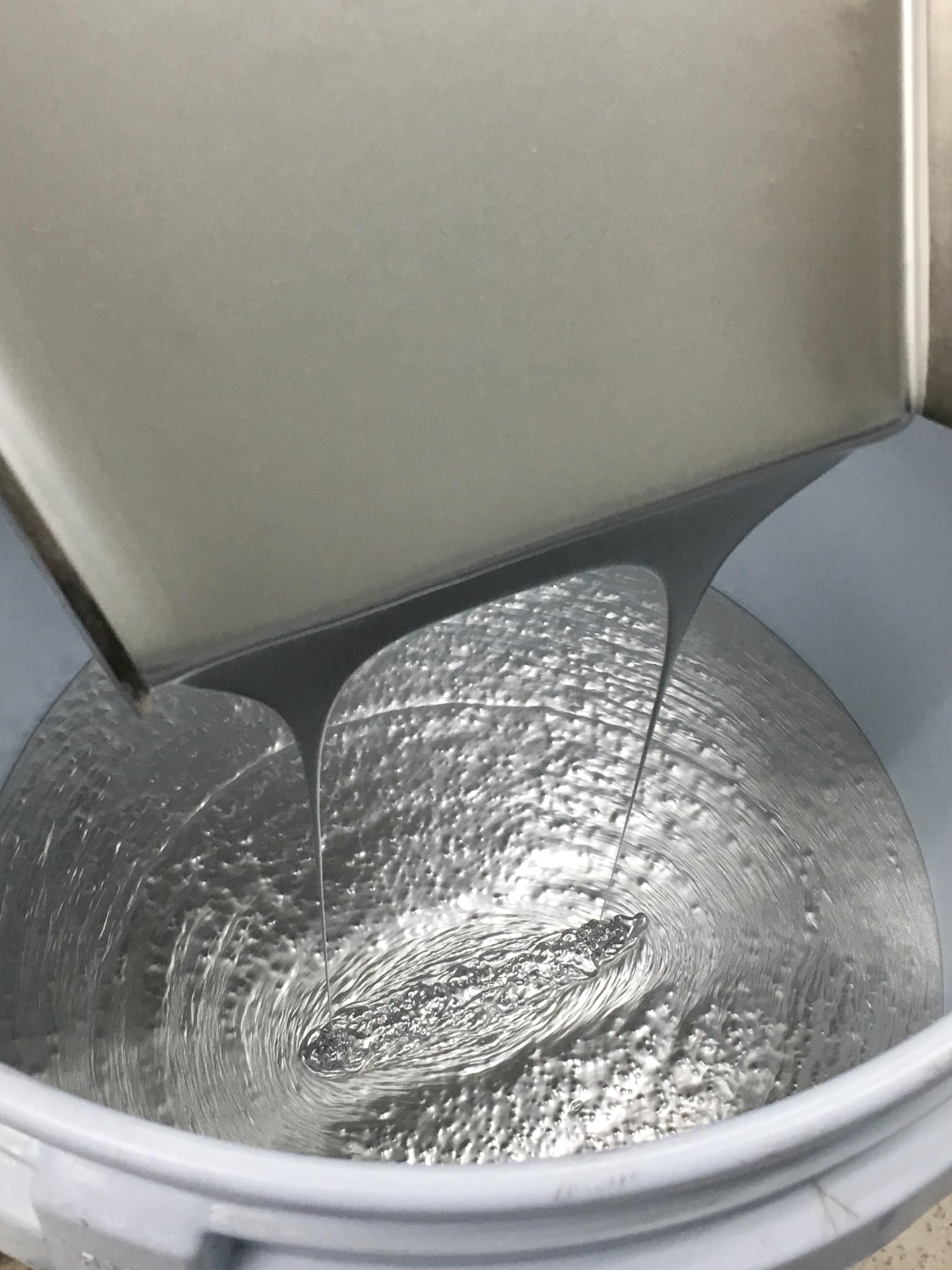Conductive Silver Ink:
The most common of the conductive ink systems – conductive silver ink is used for both membrane switches and touch sensor interfaces. Xymox manufactures its own conductive silver ink – which is somewhat unique to the industry.
By acting as our own supplier Xymox can not only control lot-to-lot consistency and quality but this allows us to controls costs by not having to deal with market fluctuations, ever changing shipping costs, material shortages, or product availability. Watch how it’s made here!



Carbon Ink:
Carbon ink is used to protect exposed conductive silver traces and to significantly improve the life of the product by reducing or eliminating ionic migration – also known as silver migration. Silver ions, in an electrically charged circuit, will, in high heat and humidity, migrate from one trace to the other – causing a dead short. Adding a carbon overprint to the silver interconnect area can extend the life of the product by as much as 8X. A carbon overprint will also protect against galvanic corrosion caused by an interaction of dissimilar metals. An example of galvanic corrosion is the interaction of conductive silver ink with tin lead components – which will quickly lead to circuit failure.
Blended Ink:
A blended ink is a mix of both conductive silver and conductive carbon. Blends are typically used where it is impractical, either due to cost or process capability, to add a separate carbon overprint pass to a circuit. Blended inks will guard against ionic migration however these will not provide the protection levels provided by a carbon only overprint. Blended inks also reduce the cost of circuit as carbon ink is typically less expensive than silver. Where circuit resistance is not critical, a blended ink can often provide an acceptable level of performance while reducing overall system cost.
